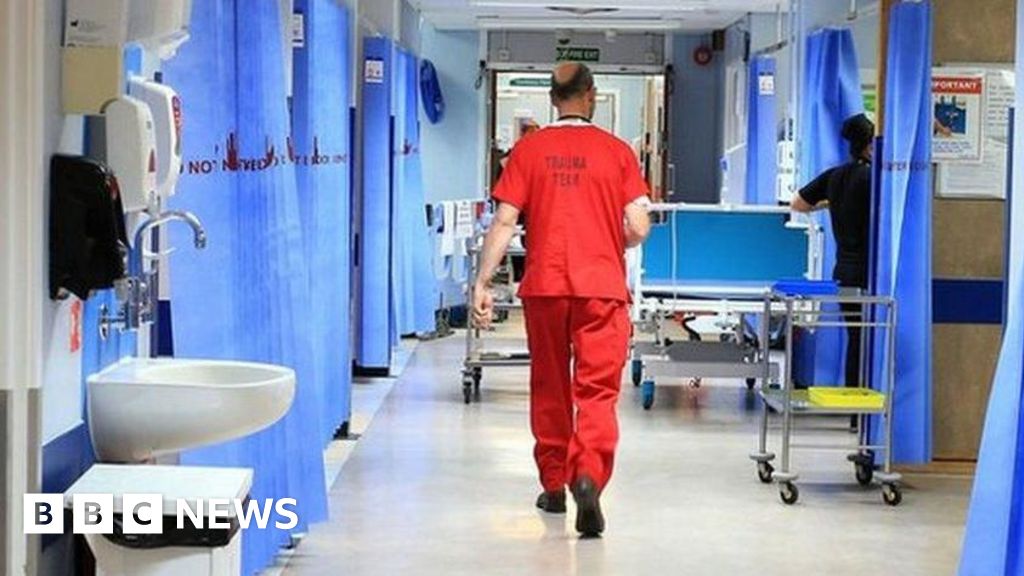Around 1,400 elm trees in Brighton and Hove are set to be inoculated against disease. The city council's annual tree inoculation programme will begin next month, aiming to protect these trees from elm disease for a year. The programme, now in its third year, will be expanded to include more trees within the city's parks.
The inoculation process, which will take around two weeks, is scheduled to start at the beginning of May. The elm trees are injected with a biological vaccine called DutchTrig, which contains a type of fungus that induces a defensive response to elm disease. This disease is spread by the elm bark beetle.

However, the vaccine cannot prevent the spread through root transmission. The vaccine is non-toxic, contains no synthetic chemicals, and has no effect on people or animals. Areas for inoculation are chosen based on the concentration of elms, the presence of mature elms, or trees with historical significance.
Since 2023, the following areas have been treated annually: Old Steine, Pavilion Gardens, Victoria Gardens, Valley Gardens, The Level, Preston Park (including the Preston Twin), Rock Gardens, Saltdean Vale, Portslade Cemetery, Elm Grove, Carden Hill, Shirley Drive, Ditchling Road, and Dyke Road. In 2025, additional areas including Queen’s Park, Hove Park, Hove Rec, St Ann’s Well Gardens, Saunders Park, Blakers Park, and Wish Park will also receive treatment. The inoculation programme is part of the council's efforts to protect the city’s historic elm collection.
Last month the council has “put their hands up” to failings made when felling hundreds of trees. Brighton and Hove city council held a public meeting to address concerns about works being carried out in Brighton woodlands. Over the past few months, large-scale felling works have taken place in woodlands across the city due to the spread of ash dieback and elm disease.
The meeting at Hove Town Hall offered residents the chance to voice their concerns and ask questions, as well as find out from experts more about the work being done. In the meeting the council accepted that more should have been to communicate with the public about the works and said that mistakes had been made. The council's Arboriculture team carries out regular inspections, sometimes using drones, to look for signs of elm disease around the city.
If disease is confirmed, trees may have to be felled to prevent further spread, but this is only done as a last resort. The council is also asking residents to help in the fight against elm disease by not buying or bringing in logs for winter fuel/firewood if the supplier cannot guarantee that the wood isn't elm. Councillor Alan Robins, cabinet member responsible for trees, said: "We face an ongoing battle against elm disease in Brighton & Hove.
"Inoculating hundreds of trees will help to protect them for another year. "We carefully select important areas of the city where we know inoculations will have the greatest effect – especially when it comes to protecting some of the older and historically significant elms we have. "Brighton & Hove is blessed with a beautiful collection of elms – and it’s vital we do everything we can to try and safeguard their future.
".
Health

1,400 elm trees in Brighton and Hove set to be inoculated against disease

Around 1,400 elm trees in Brighton and Hove are set to be inoculated against disease.















